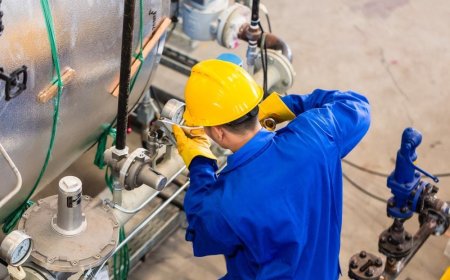- Teach students how to design and assemble mechanical systems, including gears, motors, and actuators, for practical applications.
- Introduce the integration of electrical components, such as sensors and control systems, to automate mechanical processes.
- Enable students to assess system performance, including power consumption, efficiency, and alignment, to optimize the design.
- Provide real-time feedback on system performance, encouraging students to fine-tune mechanical and electrical integrations for maximum efficiency.
- Help students understand the interaction between mechanical systems and electrical components in achieving seamless automation.
imaginX is used by many amazing schools and universities
University / College

























